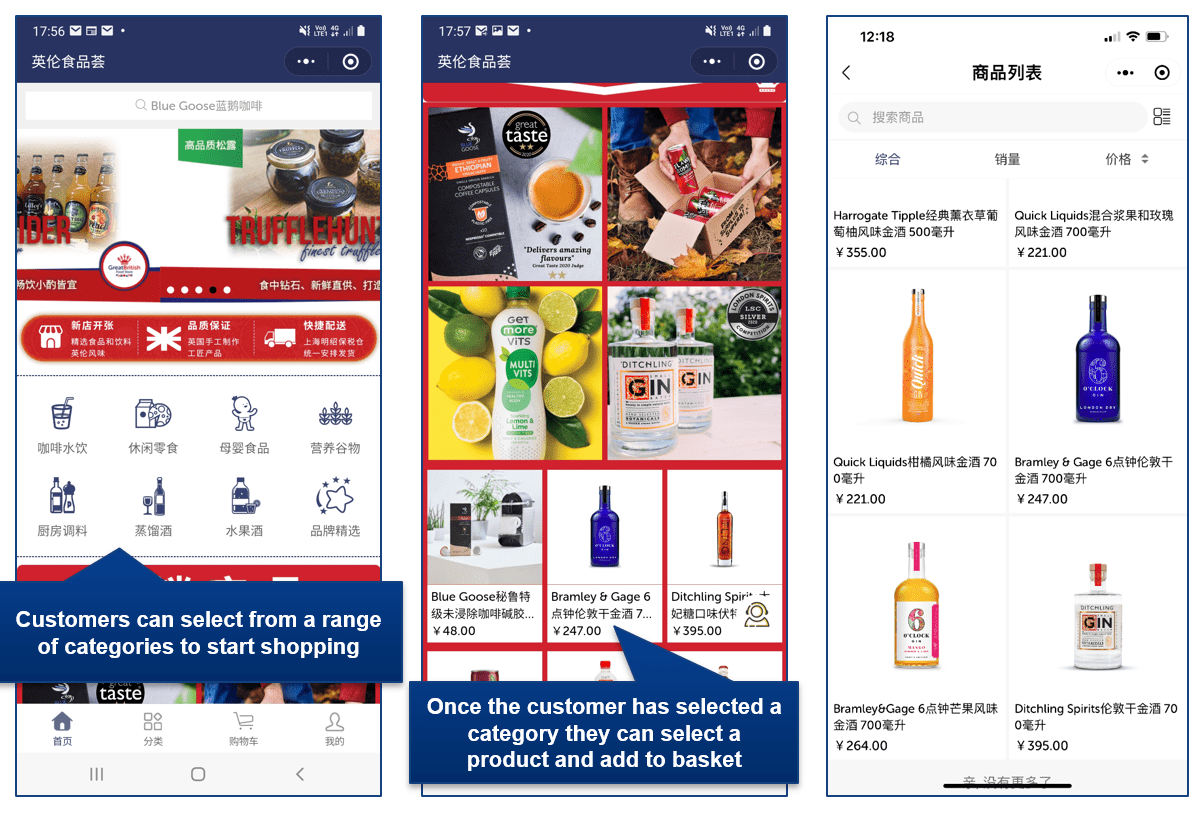With access to over 800 million online consumers, the opportunities of Chinese e-commerce are limitless… if you get it right. Here’s a primer for how to get started in the Chinese e-commerce market
China is home to the world’s largest e-commerce market, but navigating it can be overwhelming: where do you even start? Although it can seem very similar to the West, China’s online marketplace is distinctive, and this can come with costs and challenges your business will need to overcome to successfully conquer China. In this article, Elanders Group will walk you through some of these challenges and costs, including China cross border e-commerce (CBEC), routes to market, fulfilment options, customs clearance, tax, duty and logistics.
How to get started
The first steps on your journey into the e-commerce world in China are probably some of the most important as they can determine the rest of your experience. You must register your trademark to trade in China legally. To be successful in any market, not just in China, market research is also critical for success. You must fully understand the market you are going into before trying to enter. This will help with creating your ‘China strategy’ – another essential first step. And finally, you must find the right partner for your business.
China cross border e-commerce and logistics (CBEC)
There are multiple different routes to market in China, but choosing the right one for your business is vital. CBEC is dominated by marketplaces, of which there are two main types: Firstly, e-commerce platforms: these are your big online shopping platforms, like Alibaba, Net Ease, Kaola, JD and more. Secondly, social shopping platforms like WeChat. This type of platform comes with lower platform costs, leaving bigger budgets for leveraging China’s influencer culture and spending on influential marketing opportunities.
It should be noted that there is no quick way into China and on average it takes two to three years to establish your brand.
What is a TP?
You might have heard the term ‘TP’ floating around in your research, but what exactly is it and why do you need one?
A TP is an e-commerce partner for all platforms in China. Your TP is your Chinese business partner whose sole purpose is to help you on your journey into Chinese e-commerce. Most platforms require daily communication, coordination, and negotiation to operate efficiently and simply will not wait for the EU to ‘wake up’ every day. Therefore, you need a partner in the local time zone. In addition to this, the Chinese platforms offer only Chinese interfaces. Without a local presence – whether that is a partner or your own resources – you will not be successful, so dealing with this part of your strategy should be considered ‘mission-critical.’

An example of one of the online shops Elanders Group manages
How does payment work?
As your market will be in China, your customers will pay in RMB. Payment companies collect RMB payments and buy foreign currency at the spot exchange rate. The exchanged amount will be sent to the payment company’s overseas accounts before landing in your UK/European bank account.
Navigating customs clearance and tax
Since Elanders Group is connected with Chinese customs, it can register and track orders digitally. However, prior to the package being sent, Chinese customs must be provided with details of the following:
- The shipment
- The payment
- The order
There are two types of typical shipping models that are used by cross border sellers:
Direct shipping: The personal parcel route and EMS (Express mail services)
This method of shipping is done via services such as Royal Mail or China Post. This avoids customs checks and taxes (as these are paid by the customer at the point of sale) and you will not need stock in China. You also do not need CIQ clearance. The downsides to this are higher costs and longer shipping lead times of between 7-30 days.
Chinese buyers are sometimes happy with this method as it reduces the risk of receiving fake products. Although prompt shipping is vital in Chinese e-commerce, it is preferable to aim for a solution that provides longevity.
The bonded warehouse model
This method involves having your products stored in a warehouse located in a free trade zone (FTZ) in China. This option allows you to store and clear goods without registering or filing with the Chinese authorities. You can also move your goods freely within the FTZ and they can even be transported back overseas without paying any taxes, meaning you can use the bonded warehouse as an Asia hub. All taxes and duties are only paid before customs, therefore they are covered in the retail price to the customer.
The bonded model reduces shipping lead times to 2-4 days, but it does also require CIQ clearance (although this is included within the 2-4 days).





